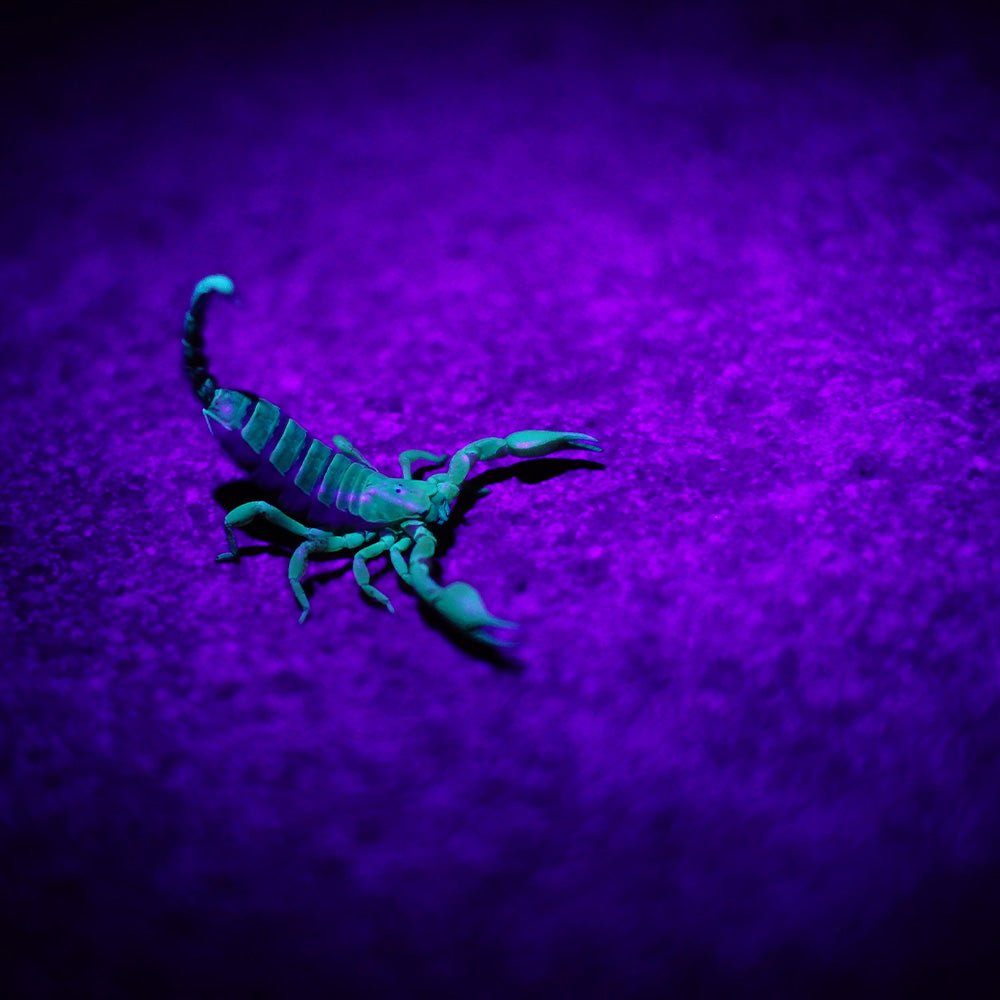Ultraviolet (UV) lighting is an essential aspect of reptile care, but with various types available, choosing the right one can be daunting. Proper UV lighting is crucial for the health and well-being of many reptile species, as it mimics the sunlight exposure they would naturally receive in the wild. In this article, we’ll dive deeper into the different types of UV light—UVA, UVB, and UVC—and explain how they benefit reptiles, helping you make informed decisions about your pet’s lighting needs.
What Is UV Light?
UV light is a form of electromagnetic radiation emitted by the sun. While it’s invisible to the human eye, it plays a significant role in reptile behavior and health. It’s believed that reptiles can perceive parts of the UV spectrum, which influences their daily activities and physiological processes. UV light is categorized into three types: UVA, UVB, and UVC, each serving distinct functions in reptile care.
UVA Light: Enhancing Behavior and Activity
UVA light is the least harmful of the UV spectrums and is absorbed by the skin in small amounts. It is known to positively impact reptile behavior by stimulating activity levels, feeding, and nesting behaviors. Reptiles exposed to UVA light often exhibit increased activity and appear more vibrant and lively. This type of light is essential for replicating the natural conditions that many reptiles experience in the wild, helping them maintain their natural behaviors and routines.
UVB Light: Crucial for Calcium Metabolism and Bone Health
UVB light is perhaps the most critical type of UV light for reptiles, especially for species that are prone to vitamin D deficiencies. UVB exposure is essential for the synthesis of vitamin D3, which in turn facilitates calcium absorption from the gastrointestinal tract. Adequate levels of vitamin D3 are vital for maintaining healthy bones, muscle function, immune response, and overall well-being.
Without sufficient UVB exposure, reptiles can suffer from serious health issues such as metabolic bone disease (MBD), a condition where bones lose their density and strength due to calcium deficiency. MBD is particularly common in reptiles like snakes and lizards that do not receive adequate UVB light. Symptoms of MBD include bone deformities, muscle weakness, poor digestion, and in severe cases, neurological disorders such as seizures. Ensuring your reptile has the correct UVB lighting can prevent these devastating conditions and promote a long, healthy life.
UVC Light: Not for Reptile Enclosures
UVC light is the most intense and potentially harmful form of UV radiation. Fortunately, it is mostly filtered out by the Earth’s ozone layer. In reptile care, UVC light is not used because it can cause severe damage to skin and eyes, leading to burns and other health complications. UVC lights are primarily used for sterilization purposes, such as disinfecting surfaces or purifying water by killing bacteria and viruses. Therefore, UVC is not suitable for reptile enclosures and should be avoided entirely in these settings.
Which Reptiles Benefit from UV Lighting?
Virtually all reptiles benefit from UV lighting that replicates their natural sun exposure. However, the amount and type of UV light needed can vary significantly between species, depending on their natural habitat and behaviors.
-
High UV Exposure: Reptiles like frill-neck lizards and bearded dragons, which are active during the day and often bask in the sun, require a high level of UV exposure to thrive. For these species, ensuring adequate UVA and UVB lighting in their enclosures is crucial to mimic their natural environment and support their health.
-
Low UV Exposure: On the other hand, reptiles such as nocturnal pythons or geckos, which typically avoid direct sunlight, need much less UV exposure. However, even these species can benefit from some level of UVB lighting. Recent research suggests that providing a small amount of UV exposure, even for nocturnal reptiles, can support their overall well-being.
-
Mixed Needs: Some reptiles, like turtles and tortoises, also require a balanced exposure to UV light, as they often bask during the day but spend time in shaded areas. For these species, a UV setup that offers both basking and shaded spots within the enclosure can replicate their natural behavior and ensure they receive the appropriate amount of light.
Get Expert Help at Wallington’s WRG
Choosing the right UV lighting for your reptile can make a world of difference in their health and happiness. At Wallington’s WRG, we offer a wide range of UV lighting options to suit the needs of all reptile species. Our friendly team is ready to assist you with personalized advice on UV lighting and other aspects of reptile care. You can visit us at 370 Grubb Road, Wallington, where you can also meet some of our resident frogs and turtles, or explore our products online at wallingtons.com.au.
Ensuring your reptiles have the correct UV lighting setup is one of the best ways to support their natural behaviors, prevent health issues, and create a thriving environment that mimics their wild habitats. Let us help you create the perfect lighting conditions for your scaly friends!

